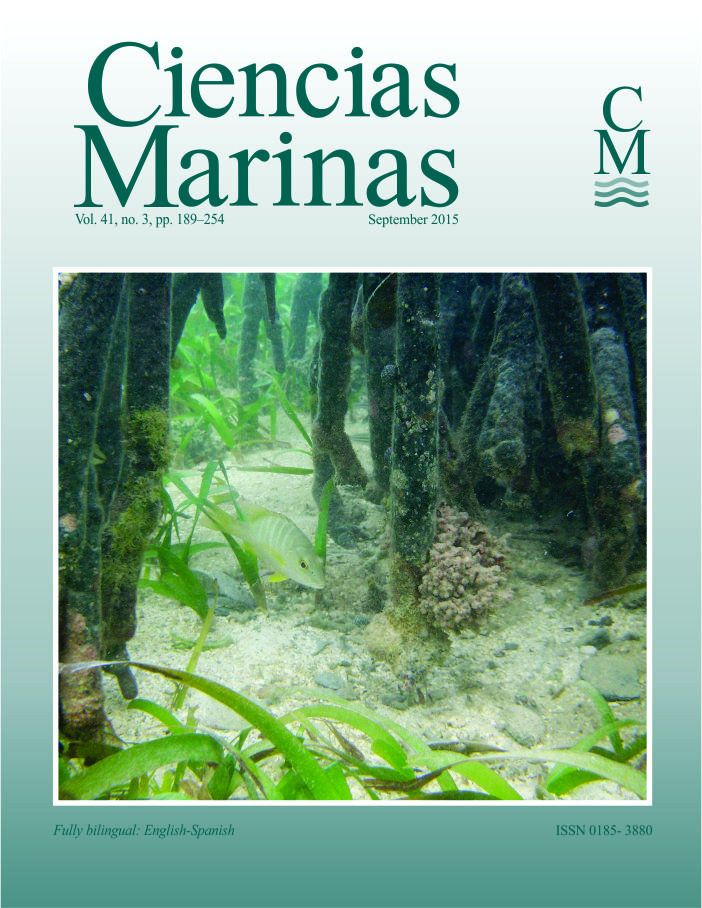The Peruvian sardine, Sardinops sagax: Historical analysis of the fishery (1978–2005)
Main Article Content
Abstract
The historical development of Peru’s sardine (Sardinops sagax) fishery between 1978 and 2005 is described from fishery indicators (landings and effort) and environmental indicators (Pacific Decadal Oscillation [PDO] index, Southern Oscillation Index, and Sea Surface Temperature Anomaly) in order to observe the spatial and temporal variations of the fishery. During this period, the fishery indicators showed that excessive fishing pressure caused the drastic decline in abundance, as demonstrated by the low catch levels in recent years. Regarding the environmental indicators, a positive relationship with sardine landing anomalies was observed; however, the PDO index had a significant positive correlation (rPearson = 0.50; P = 0.0005; n = 45) in comparison with the other indices. The results of this study show that the effects of overfishing and adverse environmental conditions strongly impacted the Peruvian sardine population, with the consequent collapse of the fishery.
Downloads
Article Details
This is an open access article distributed under a Creative Commons Attribution 4.0 License, which allows you to share and adapt the work, as long as you give appropriate credit to the original author(s) and the source, provide a link to the Creative Commons license, and indicate if changes were made. Figures, tables and other elements in the article are included in the article’s CC BY 4.0 license, unless otherwise indicated. The journal title is protected by copyrights and not subject to this license. Full license deed can be viewed here.

